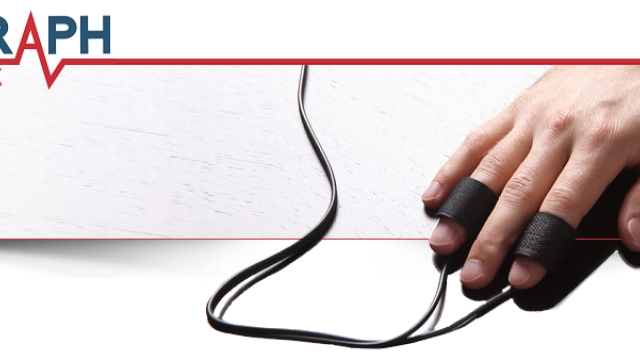
In a world where truth and deception often walk a fine line, the reliability of lie detector tests has long been a subject of intrigue and controversy. The very idea of a machine capable of discerning the truth from falsehood taps into our deepest desire for clarity and transparency. The polygraph, commonly known as the lie detector test, holds a unique place in both popular culture and the judicial system, claiming the power to unveil the hidden truths that lie beneath the surface of our words and actions.
History of Lie Detector Tests
Lie detector tests, also known as polygraph tests, have a history dating back to the early 20th century. The first polygraph machine was developed by John Augustus Larson in 1921. Larson, a police officer, created the machine with the intention of using physiological responses to detect deception.
Over the years, lie detector tests became more widely recognized and used as a tool in criminal investigations and other situations where truthfulness was critical. Despite controversies surrounding their accuracy and reliability, polygraph tests gained popularity in various fields, including law enforcement, government agencies, and private organizations.
Today, lie detector tests continue to be a topic of debate among experts and the public. The evolution of polygraph technology has led to advancements in how physiological responses are measured and interpreted, but concerns about false positives and ethical implications remain prevalent.
How Lie Detector Tests Work
Lie detector tests, also known as polygraph tests, are designed to detect signs of deception in individuals by monitoring physiological responses. These tests typically measure changes in heart rate, blood pressure, respiration, and skin conductivity in response to questioning.
The underlying principle of lie detector tests is based on the assumption that when a person is being deceptive, there will be measurable physiological reactions indicative of stress or anxiety. These reactions are believed to manifest because the individual’s autonomic nervous system is activated when they are intentionally deceitful.
Polygraph
During a lie detector test, the examiner asks a series of questions while monitoring the individual’s physiological responses. Responses that deviate from the baseline measurements established during control questions are interpreted as possible signs of deception. However, it is important to note that the accuracy and reliability of lie detector tests have been a subject of debate and skepticism in the scientific community.
Controversies Surrounding Lie Detector Tests
Lie detector tests have long been a topic of controversy, with critics arguing that they are not foolproof and can be influenced by various factors. One of the main criticisms is that these tests are not always accurate and can produce false results, leading to potential injustices when used in legal settings.
Another point of contention is the ethical implications of using lie detector tests, particularly in employment screenings. Critics argue that relying on such tests to determine someone’s honesty can be invasive and discriminatory, as they may not always provide a fair assessment of an individual’s truthfulness.
Furthermore, some experts question the validity of lie detector tests in differentiating between deception and other factors such as stress, anxiety, or nervousness. This raises concerns about the reliability of the results and the potential for misinterpretation, highlighting the need for a cautious approach when utilizing these tests.




